For the very small, the year's best book.
Who’s Hiding?
Who’s hiding? Who’s crying? Who’s backwards? Look carefully! Is it dog, tiger, hippo, zebra, bear, reindeer, kangaroo, lion, rabbit, giraffe, monkey, bull, rhino, pig, sheep, hen, elephant, or cat?
Written by Satoru Onishi
Also available in te Reo Māori
Cover image shown is from the board book edition.
-
Description
Who’s hiding? Can you tell? Look again…
18 fun-loving animals can be found on each question-posing page, sending readers into an up-close, attention-to-detail discovery.
This book is fantastic to read aloud, especially when you get to the final two pages: Who’s who? Children learn the names of animals, to recognise expressions, colours, and how to count.
“It is so simple, and so clever,” says Gecko Press publisher Julia Marshall. “Whenever I read it out loud I am surprised when I turn the page — it never feels predictable.”
-
Book Details
Country of Origin Japan Reader Age 0-2 year, 2-5 year Book Size 23.8 × 20.7 mm
(paperback)23.8 × 20.7 mm
(boardbook)23.8 × 20.7 mm
(hardback)ISBN 9781877467134
(paperback)9781776574568
(boardbook)9781877467127
(hardback)
-
Reviews
Available worldwide from your local bookstore or online.

Subscribe to our newsletter/s
Hear from us about new books, guest recommendations, behind-the-scenes and competitions.

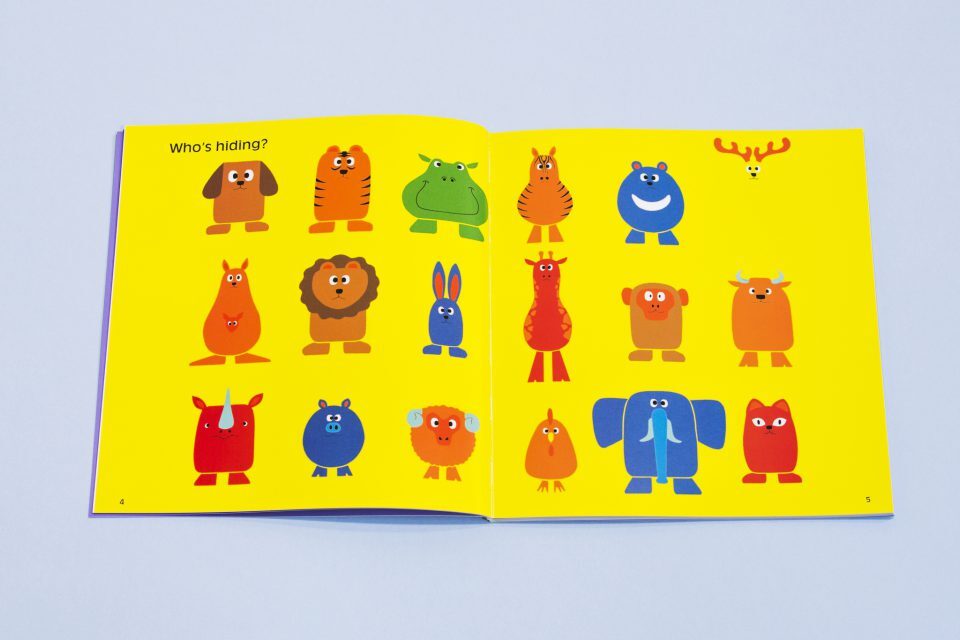
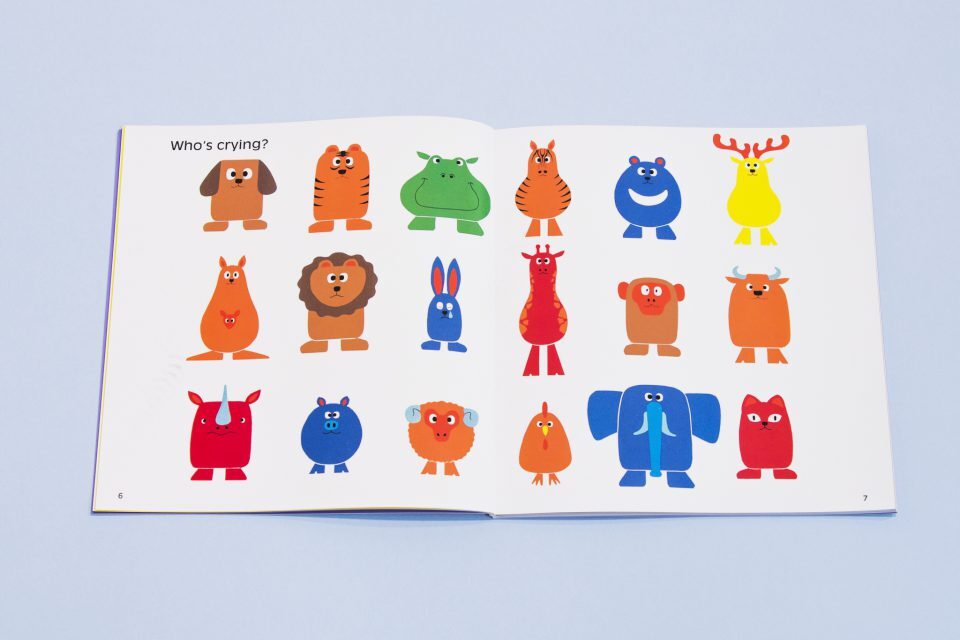
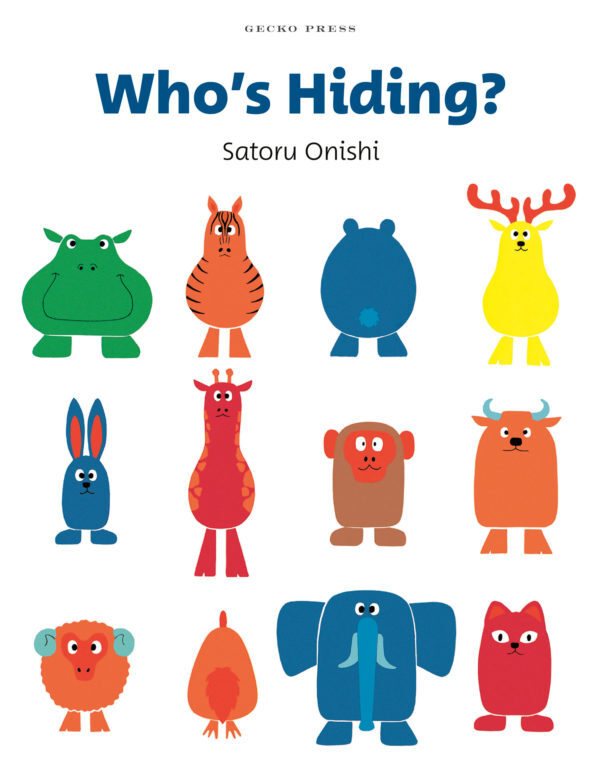
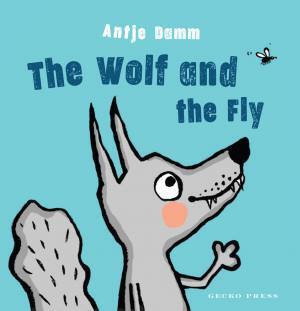
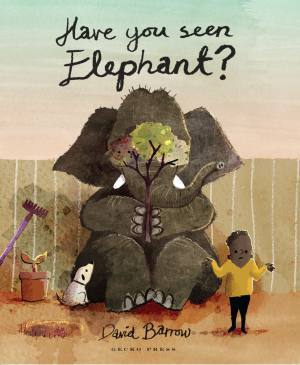
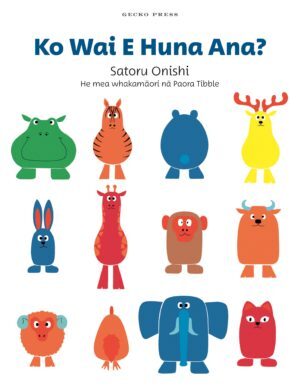
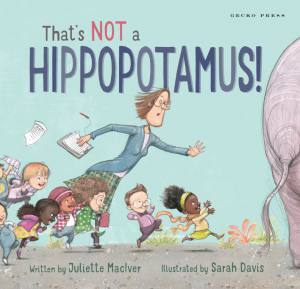
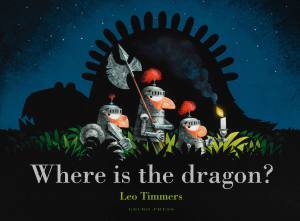

School Reading List (verified owner) –
A highly engaging text that is great fun to discuss with toddlers.
Five Books, Best Kids’ Books of 2022 (verified owner) –
The interactive aspect means that young children and adults or older siblings can have a lot of fun reading it together, while kids also learn to pay attention to detail.
Red Reading Hub (verified owner) –
An engaging and entertaining alternative to the usual seek-and-find books through which little ones can sharpen their observation skills, for attention to detail is vital and memory is also important.
BookBound (verified owner) –
Invaluable… Perfect for counting the characters and learning the colours of them.
Lancashire Evening Post (verified owner) –
Ideal for testing children’s observation, memory, recognition skills and vocabulary, the book is educational and challenging without being too daunting, and offers fun as well as learning.
Practical Parenting, September 2010 –
A fun mental workout. Cartoon-style animals are presented over double-page spreads, with each page turn challenging your child with a new question. Who’s hiding? Who’s backwards? Who’s sleeping? Preschoolers will have to put their observation and I Spy skills to good use!
Manawatu Standard, 17 January 2009 –
This Japanese-originating book is a storybook and memory game in one. Peopled with Pokemon-style animals lined in rows, we are first presented with the animals and their variety. As each page progresses we are asked which animal is doing which activity, requiring children to point out the correct animals. Even more tricky, on the last page, the lights go out and you can only see the whites of the animal’s eyes. Now you need to name each animal in order, using just memory and the changing eye shape as a guide. A great brain booster with appealing pictures for preschoolers. It’s also nice and quick to get through on those nights when you really don’t have time for a 15-minute Dr Seuss bedtime story.
Taranaki Daily News, 25 October 2008 –
This is the cutest picture book that the very small will adore and enjoy looking at over and over. With 18 animals on each page, the reader is invited to find who’s hiding, sleeping, backwards, etc. Brightly coloured and with simple illustrations, this is great for encouraging the powers of observation and comes with the answers – just in case.
David Larsen, Children’s books of the year feature, The Listener, 20 December 2008 –
For the very small, the year’s best books are Who’s Hiding? by Satoru Onishi and Not a Box. Both offer the kind of lap-snuggling interactive reading experience that children from 18 months or so adore, with a different spot-the-animal picture puzzle on each page of Who’s Hiding? and a sequence of ‘what’s the little rabbit pretending her box has turned into?’ question in Not a Box. Either makes a textbook example of how so much can be conveyed by the simplest of line drawings.
Metro, December 2008 –
Who’s Hiding [is] a little gem of (not overly) cutesy Japanese graphic design, which asks about the animals that are illustrated in a simple question and answer format (‘Who’s backwards?’, ‘Who’s angry?’ – actually, they all looked a bit angry to me). Fortunately, the answers are provided on the back page.
Kate de Goldi, Saturday Morning with Kim Hill, Radion NZ National, 13 September 2008 –
Kate: Who’s Hiding?, this is another brilliant Gecko Book – by Saturo Onishi and I guess I would describe it as a first interactive book for little kids, maybe two or three.
Kim: It’s cleverly done, isn’t it?
Kate: It’s incredibly cleverly done. It’s a bunch of animals drawn in, what would you call that kind of art style?, a little bit like Dick Brunner, it reminds me of the old Miffy books so it’s primary colours and then the colours get more complex and it’s just lines of animals drawn in a very reductive kind of way.
Kim: There’s a dog and a – you know what they are – and a tiger….
Kate: and then on every page, so you have a double spread of it and at the beginning they’re all named so you can go through them with the child and then you just play the game Who’s Hiding? and every double page has a little subtle change, there’ll be someone who’s hiding so it’s a chance for the child to say, ‘Oooh, the reindeer’….Fantastic colour – you can do colour recognition, you can count with them, you can look at the different expressions on their faces…
Quite charming. I love the high colour saturation and every second page is a white spread with coloured animals on it and then alternately you’ll have a big background colour…I think it is quite brilliant…I think it’s a really special one.
Timaru Herald, 28 June 2008 –
This is a really lovely children’s picture book with a bit of a difference. Eighteen animals appear on every page (or part of them does) and the reader is drawn into looking closely at the details to see which animal is hiding, which is crying and which is a bit grumpy. The animals are very cute and easily recognisable, the colours are bold and the text simple. This book encourages colour and animal recognition, counting and also teaches how to recognise different emotions in a really fun way. A big hit in our house!
Southland Times, 9 August 2008 –
First, we meet the animals – of which there are 18 – dog, tiger, hippo, zebra… to name a few. Then, we need to find who’s hiding, who’s crying, who’s backwards. But my favourite is who’s who – that’s a tough one (but if you get really stuck there’s an answer key on the back page, phew).
Who’s Hiding? is a lot of fun and would be the perfect gift for a busy kid. This is a simple but effective book with basic illustrations which work.
Wanganui Chronicle ,12 July 2008 –
This is a really fun book that will appeal to young children, who like being read aloud to and also to those up to about 10 who love doing puzzles and using their memory.
On each page there are 18 fun-loving animals – a dog, tiger, hippo, zebra, bear, reindeer, kangaroo, lion, rabbit, giraffe, monkey, bull, rhino, pig, sheep, hen, elephant, and cat. But they’re not always easily recognisible and you have to guess who is hiding, crying, or is facing backwards.
It is also a fun book for adults to help children learn the names of the various animals, various expressions, and colours and how to count.
Highly recommended.
Christchurch Library –
This book is such a simple concept but so effective. On each
page there is some thing(s) to look for – who’s hiding,
who’s crying, who’s sleeping, which sounds easy but is not
as easy as you think. On each 2 page layout there is a line
-up of 18 animals of varying colours but generally similar
expressions. A change in the colour of the page can mean a
whole different set of animals have disappeared into the
background leaving parts of the animal visible.
You can also use it for counting, colours and expressions,
the latter of which can lead to discussing feelings. Again
Lucy asks for this book – a lot (yes she loves a lot of
books but she asks for a few). It was interesting the
discussion points it brought up. For example some concepts
that you think would be easy – which animals are backwards
(I got a demonstration of backwards from Lucy) but the
actual concept of backwards lead to a discussion about how
can you tell something is backwards. Also I found Lucy was
making stories about the animals. For example on one page
one of the animals is crying and the next it isn’t, and Lucy
was telling me how its mummy must have given it its blankie
or some medicine. Amazing in its simplicity. Read more reviews at
Christchurch Library
Heather Mills, Booknotes, Spring 2008 –
…this book from Gecko Press shows the elegance of sparse text and simple illustration.
Gecko [Press] have brought a number of overseas titles to the New Zealand market and
consistently publish high quality, beautifully laid out books.
Who’s Hiding? consists of repeated images of 19 brightly coloured, stylised animals on one
colour backgrounds. The text is simple. Each double page has a question – ‘Who’s hiding?’
or ‘Who’s crying?’ or ‘Who has horns?’ – with ‘Who’s hiding?’ recurring as every second
question, to create a nice regular rhythm. The changing colour backgrounds mean different
animals are hidden each time.
This book is one that children will return to again and again as they identify the animals
hidden/crying/horned etc on the different pages. At the end of the book the page is black
and all that shows are the creatures’ eyes. Even my nine-year-old had to confess ‘that last
one’s pretty hard’.
Australian Women’s Weekly, August 2008 –
In this [almost] wordless gem, 12 animals provide opportunities to pick (and remember) who’s hiding, crying, has got horns or is seen backwards.
Professor Margot Hillel OAM, Head, School of Arts and Sciences, Victoria Australian Catholic University –
I really liked the interactivity of Who’s Hiding and the way it will help to develop visual awareness in quite young children. A great book for adults and children to enjoy together!
Auckland, Wellington, Dunedin and Christchurch Family Times, Winter 2008 –
This book is fantasic to read aloud.
Hawkes Bay Today 4th June 2008 –
A clever story to develop children’s observational and memory skills. The same set of 18 colourful animals appears on each page with readers asked to find something different on each page, who’s hiding, who’s crying, who’s angry, who’s sleeping?
A good educational story for young children. Bold, colourful pictures capture the attention of even very young children. The book can also be used to develop colour and counting knowledge. Fun to read aloud with your child and repetitive text children can easily read once they’ve been introduced to the story.
Anne Packer, Dominion Post Indulgence, 14th June 2008 –
Simple cartoon animals manage to be surprisingly idiosyncratic in Gecko’s latest ‘curiously good’ book translation, this time from the Japanese. Who’s Hiding requires readers to look closely at each spread to note which of 18 characters is hiding, crying, sleeping, angry etc. Amazingly, when all else is removed, even pairs of eyes on a black page manage to convey individuality. For the very young, but older children will enjoy this as a game.
Tomorrow Schools Today Online Magazine –
This book features 18 fun-loving animals on every question-posing double page (if you look carefully). It is aimed at helping young readers to pay attention to detail. It is also a great book to read aloud to a class and have them respond to the questions, especially the ones on the last two pages where they have to name all the animals.
Children reading this book will learn not only to look for details but they will also learn the names of animals, to recognise expressions, colours and how to count.
Around the Bookshops, May 2008 –
In a picture book that looks simple but is actually anything but, we are introduced to 18 animals that hide, cry, get angry, sleep (on their feet), turn backward and on the final black page show us only their eyes. This last page is a real test of memory! The book is a highly original extension of the spot the difference concept and one with which children (and adults) should have hours of fun while learning skills of counting, colours and recognising emotions.